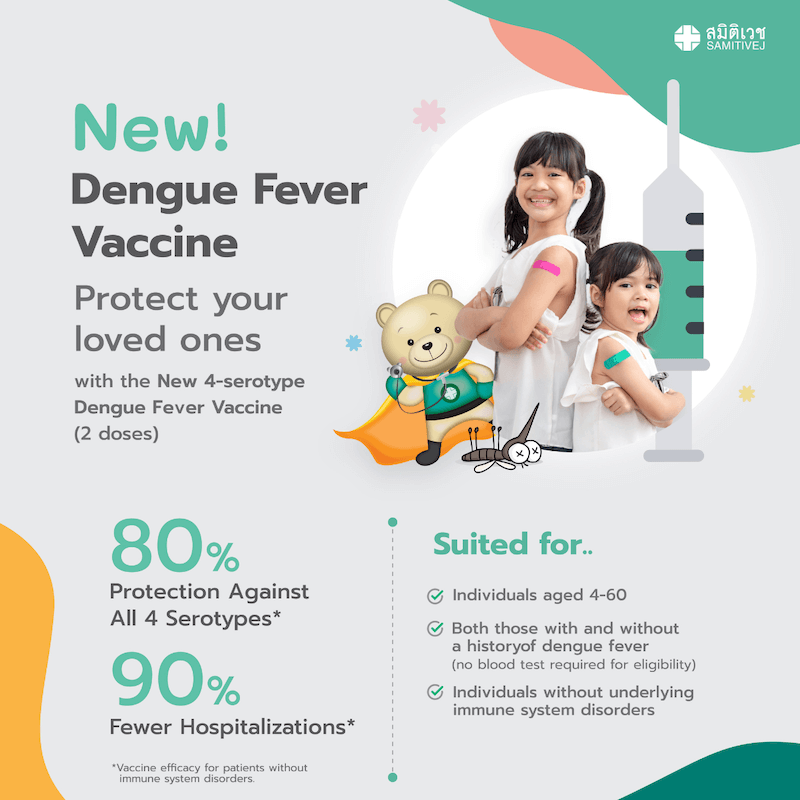It’s not all that uncommon to fly and then feel under the weather a few days later. Traveler’s sicknesses can take many different forms, including head colds, stomach ailments, or even skin rashes. If you’re planning to travel by air with your family this season, read more below.
It’s probably not the airplane’s air making you sick
The good news is that, contrary to popular belief, an airplane’s in-cabin air is very clean. For starters, air on planes is constantly being re-circulated and passed through High Efficiency Particulate Air (HEPA) filters that remove particulate matter such as bacteria and viruses. Outside air is also continuously replacing old in-cabin air during the flight. Fresh air is pulled from the atmosphere, pressurized, and then cooled before being pumped into the cabin.
The air that is being re-circulated doesn’t move from the front of the cabin to the back but rather from the top of the cabin downward. Passengers are more likely to breathe the air that is within a close proximity of themselves and not the air that everyone has been breathing on the plane.
There are germs on “high touch” surfaces
As there are many people within the small confines of an airplane’s cabin, there are numerous “high touch” surfaces which increase the chances of picking up a travel bug. This includes arm rests (particularly those in the aisle seats), tray tables, seat buckles, seat back pockets, and the contents in seat pockets such as magazines and pamphlets. The lavatory is an especially high touch area because of the high ratio of passengers to bathrooms on any given flight.
How to stay healthy
Carry with disinfectant wipes or sanitizing hand gel to kill the microbes that may make you sick. Do the following to prevent catching germs on “high touch” surfaces:
- Wipe surfaces, such as arm rests and belt buckles, before settling everyone into their seats
- Clean the surface of tray tables before eating
- Use sanitizing gel on hands after using the restroom and always prior to eating
Keeping everyone’s immunity up is another way to prevent getting sick. Eating healthy prior to the flight and getting a good night’s rest the night before travel will keep your immune systems in tip-top shape. There are also immunity boosters, such as vitamin C lozenges, that you can get from any pharmacy and bring with you on your trip.
Because airplanes are notoriously dry, the mucus membranes of noses and mouths dry out, which diminishes their effectiveness against preventing germs from entering your bodies through these orifices. Drinking small amounts of water throughout the flight will keep you all hydrated and maintain proper body function. Nasal mists are also an excellent way to boost the body’s natural ability of preventing germs from entering through the nose.
If you are sick, wear a face mask to reduce spreading germs. Make an effort to wash your hands or use hand sanitizer and refrain from touching your nose and mouth.
Taking caution when flying will keep those unwanted travel bugs at bay. Stick to these preventative measures to help reduce your risk of getting sick and to maintain a happy, healthy family wherever your final destination may be.
For more information, please visit the website of Bumrungrad International Hospital.
Editor’s note: This article is sponsored content from the Healthpoint blog of Bumrungrad International Hospital; it has been reprinted here with permission.















